Retail Business Plan Samples
-

Clothing Retail Business Plan
download now -
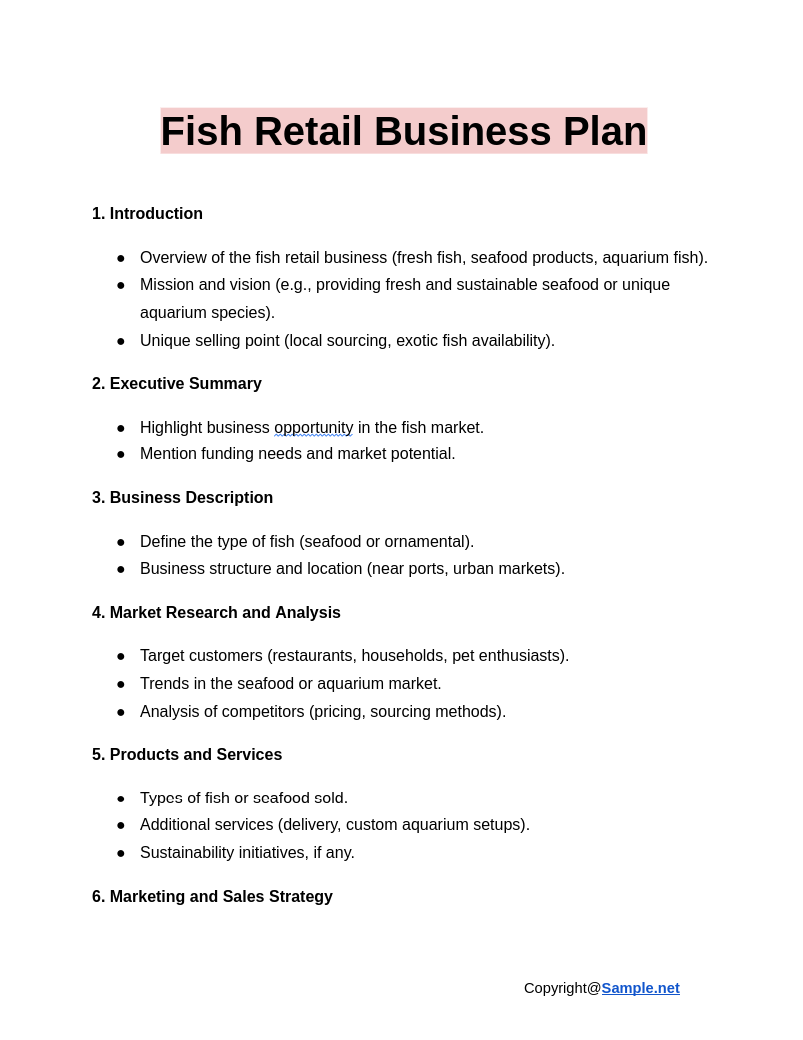
Fish Retail Business Plan
download now -

Furniture Retail Business Plan
download now -
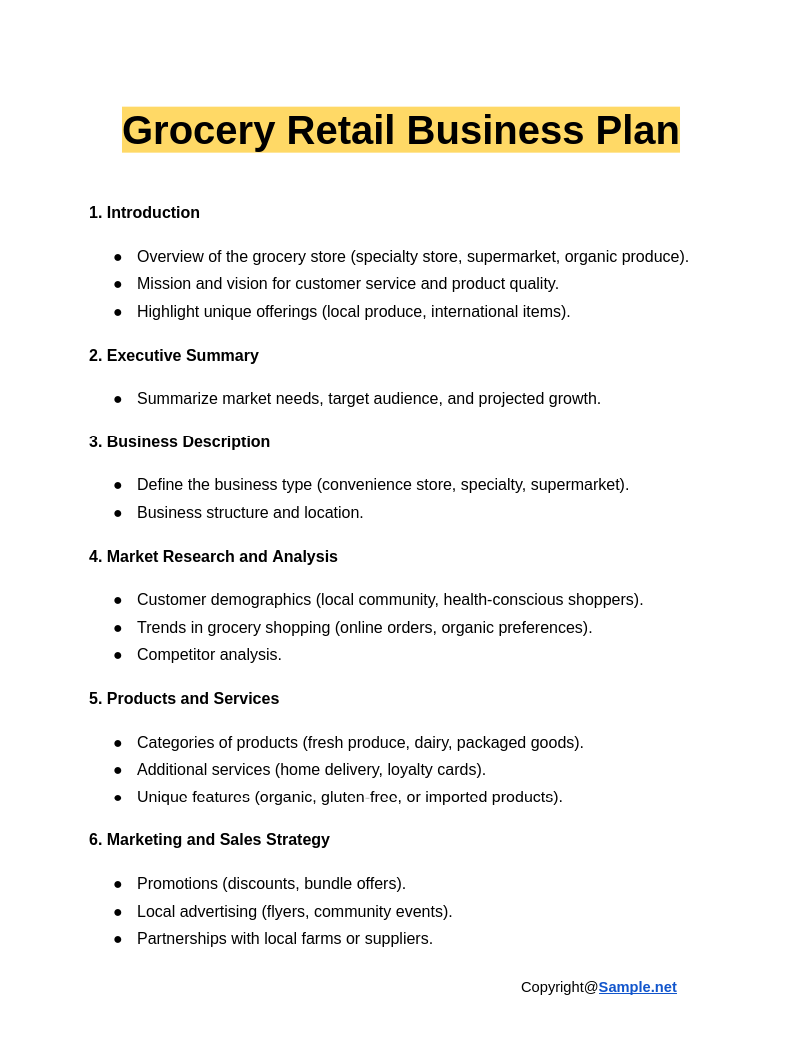
Grocery Retail Business Plan
download now -
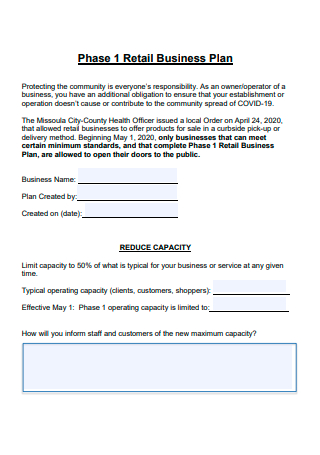
Retail Business Plan Template
download now -
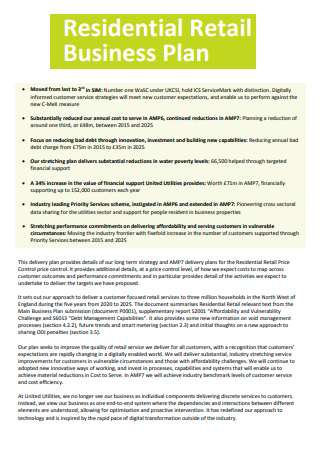
Residential Retail Business Plan
download now -
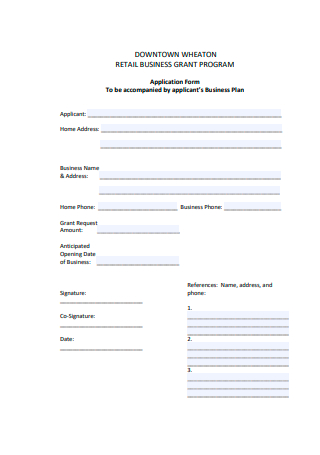
Retail Business Plan Grant Program Application Form
download now -
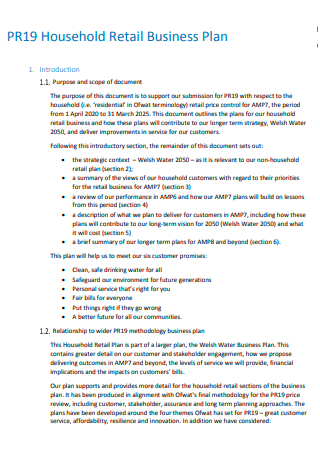
Household Retail Business Plan
download now -

Sample Retail Location Business Plan
download now -
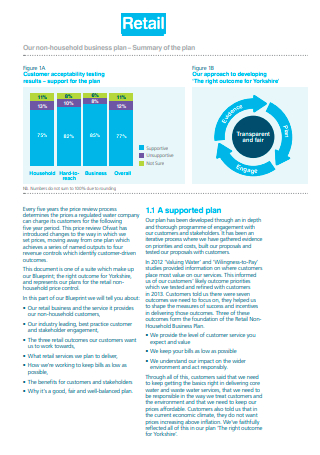
Retail Non-Household Business Plan
download now -
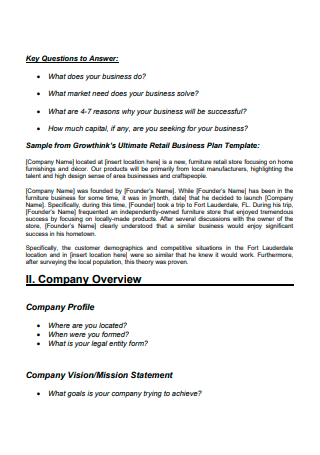
Ultimate Retail Business Plan Template
download now -
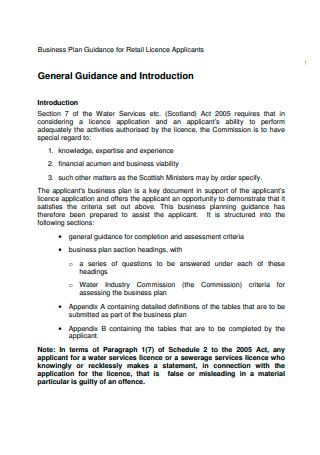
Retail License Business Plan
download now -
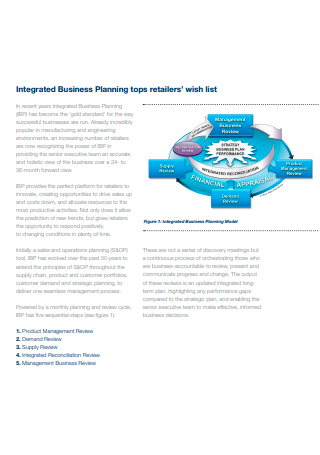
Retailers Integrated Business Planning
download now -

Retail Food Store Business Plan Review Application
download now -
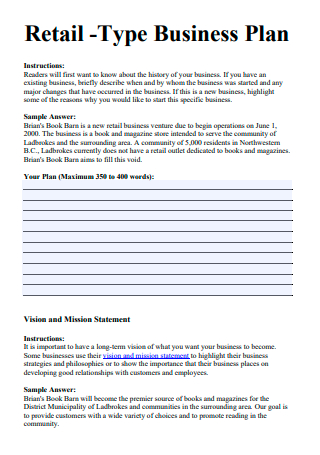
Retail Business Plan Example
download now -
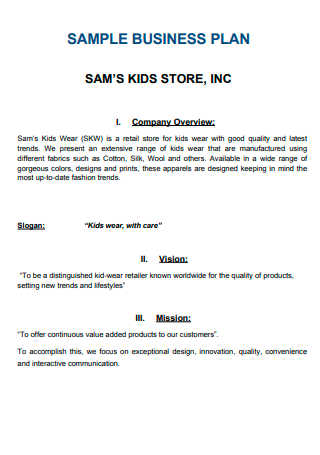
Retail Kids Store Business Plan
download now -
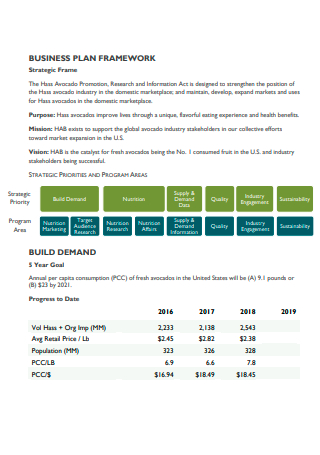
Retail Business Plan Framework
download now -
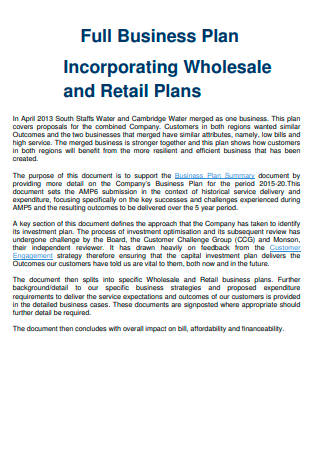
Incorporating Wholesale and Retail Business Plan
download now -
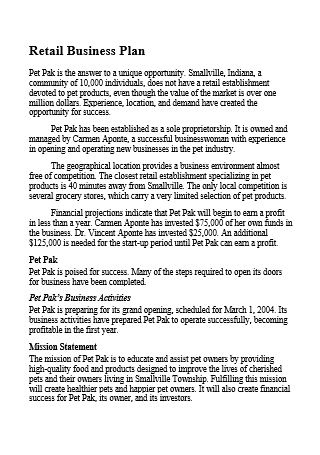
Retail Business Plan in DOC
download now
FREE Retail Business Plan s to Download
Retail Business Plan Format
Retail Business Plan Samples
a Retail Business Plan?
Elements of a Retail Business Plan
How to Create a Retail Business Plan
FAQs
Why is a business plan necessary when starting a retail business?
What are acceptable retail margins?
How do you boost gross profit margins?
How does a Retail Business Plan support financial management?
What role does marketing play in a Retail Business Plan?
How often should a Retail Business Plan be updated?
What makes a Retail Business Plan appealing to investors?
What are common mistakes to avoid in a Retail Business Plan?
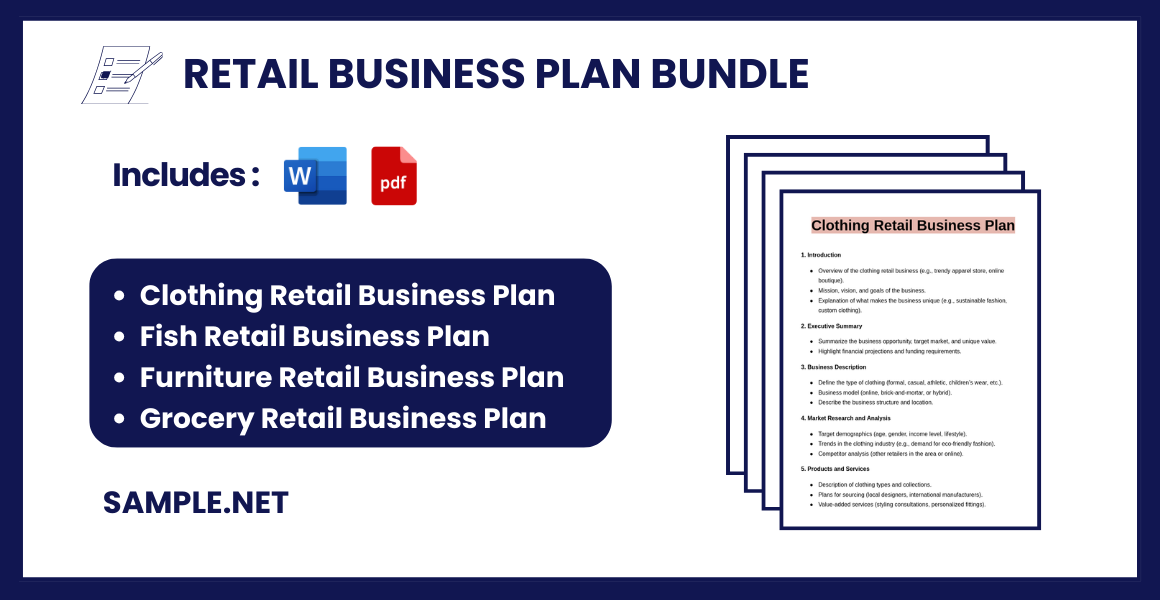
Download Retail Business Plan Bundle
Retail Business Plan Format
1. Introduction
- Provide an overview of the retail business.
- State the mission, vision, and goals.
- Briefly explain what makes your business unique.
- Mention the type of retail business (e.g., brick-and-mortar store, online store, or both).
2. Executive Summary
- Summarize the key elements of your business plan.
- Highlight the business opportunity, target market, competitive advantage, and financial projections.
- Keep it concise yet compelling to engage potential investors or stakeholders.
3. Business Description
- Define your business model (e.g., wholesale, direct-to-consumer).
- Include the business structure (e.g., sole proprietorship, LLC, corporation).
- Describe the location and facilities (physical or online).
- Mention the retail category (e.g., clothing, electronics, grocery, etc.).
4. Market Research and Analysis
- Identify your target market and customer demographics.
- Analyze market trends and consumer behavior.
- Include competitor analysis (strengths, weaknesses, pricing strategies).
- Highlight market opportunities and gaps your business will address.
5. Products and Services
- List the products or services your retail business will offer.
- Explain the unique value proposition of your offerings.
- Provide details on sourcing, suppliers, and inventory management strategies.
6. Marketing and Sales Strategy
- Define your brand positioning and messaging.
- Outline promotional strategies (e.g., social media, email marketing, local advertising).
- Explain your pricing strategy.
- Detail sales channels (in-store, eCommerce platforms, marketplaces).
7. Operational Plan
- Describe day-to-day operations.
- Include details on staffing requirements and roles.
- Explain the supply chain and inventory management processes.
- Provide a plan for quality control and customer service.
8. Financial Plan
- Present startup costs and funding requirements.
- Include projected revenue, profit margins, and cash flow statements.
- Offer a detailed break-even analysis.
- Provide financial forecasts for 1-3 years (sales, expenses, and profits).
9. Organizational Structure
- Define the ownership structure.
- Highlight key team members, their roles, and expertise.
- Provide an organizational chart, if applicable.
10. Risk Analysis and Contingency Plan
- Identify potential risks (market competition, economic changes, supply chain disruptions).
- Propose contingency plans to address these risks.
- Highlight measures for risk mitigation.
11. Conclusion
- Reiterate the business opportunity and your unique position in the market.
- Summarize key takeaways and your vision for the future.
- Encourage investors or stakeholders to take action.
12. Appendix
- Include supporting documents, such as:
- Market research data
- Product images or catalogs
- Financial projections
- Resumes of key team members
- Permits or licenses
What is a Retail Business Plan?
A Retail Business Plan is a structured document that defines the strategies, objectives, and operational framework for running a retail business. It encompasses key aspects such as product offerings, target audience, location strategy, pricing, marketing, and financial planning. This plan serves as a guide for business owners and stakeholders, ensuring focus and direction. By addressing market trends and customer needs, it lays the foundation for a profitable and sustainable retail operation. You can also see more on Retail Marketing Plan for Profit.
Elements of a Retail Business Plan
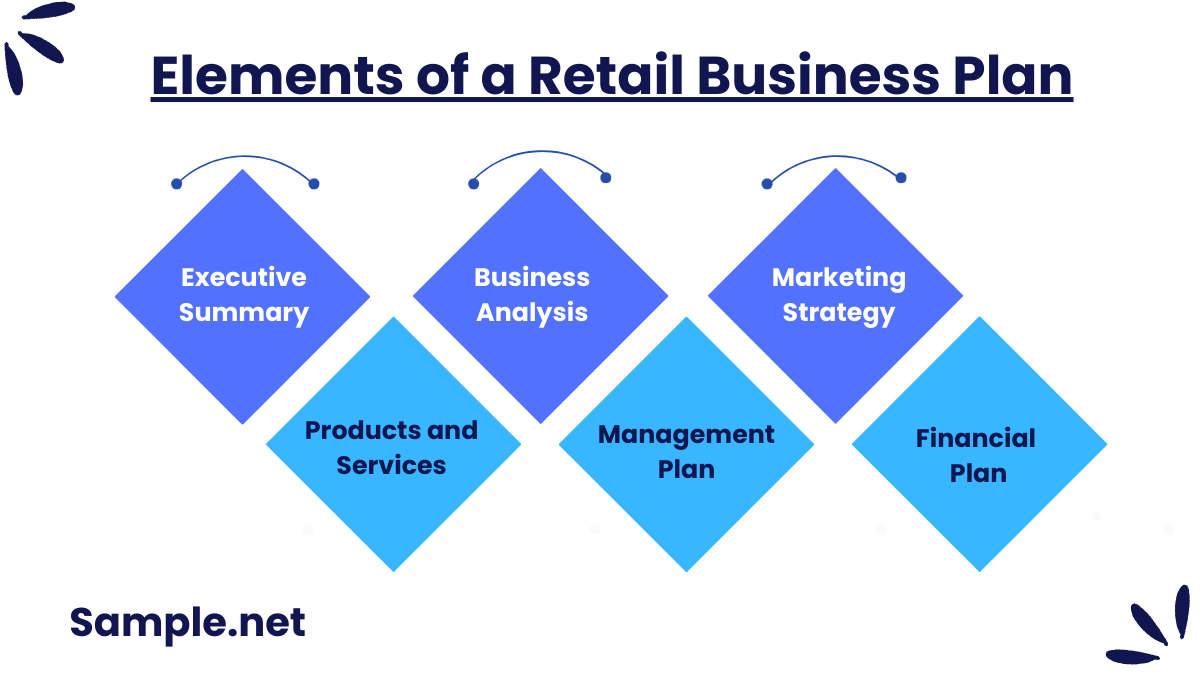
A retail business plan might be a lengthy multi-page document developed using specialized tools or a page torn from a notepad. The goal of your business plan dictates the amount of information that should be included and the structure that should be used. You’ll have a higher chance of convincing someone to invest in your business if you present sufficient facts when it comes to financing. If you’re not familiar with the elements of a good business plan, here are the crucial components to include and why.
How to Create a Retail Business Plan
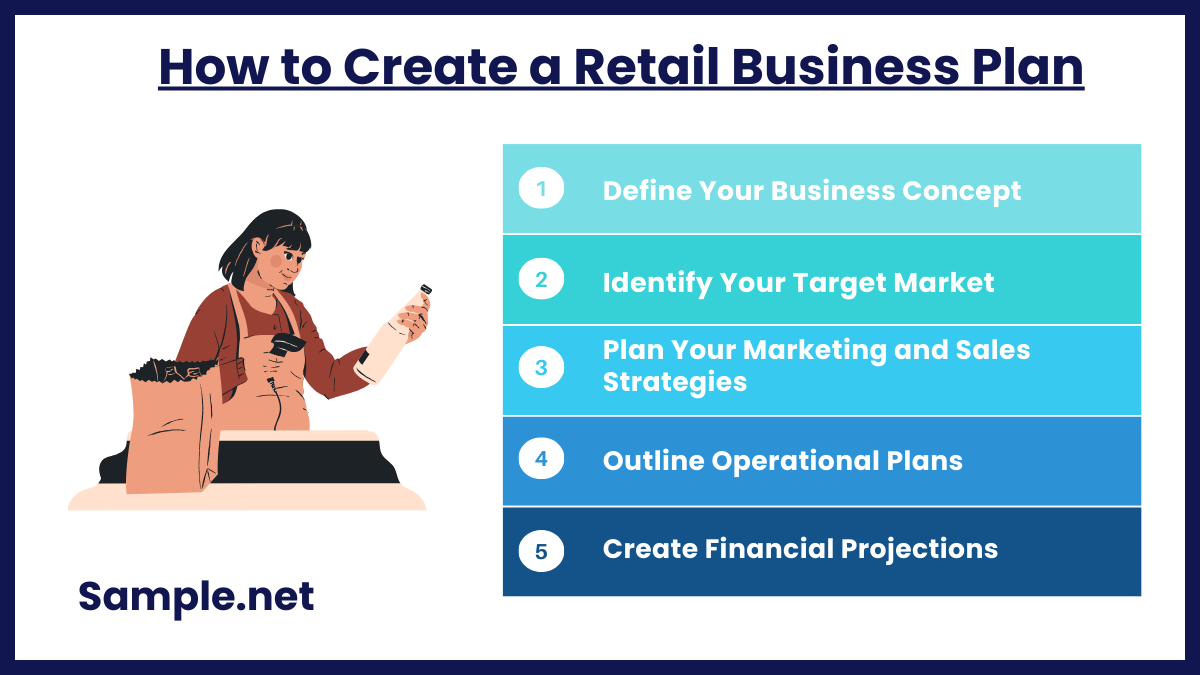
Step 1: Define Your Business Concept
Clearly outline the retail business idea, including the products or services you plan to offer. Specify your unique selling proposition (USP) and how it differentiates you from competitors. Include details about your brand identity, vision, and mission. This step helps create a strong foundation for your business and ensures clarity in all subsequent steps.
Step 2: Identify Your Target Market
Research and define your ideal customers, including their demographics, preferences, and shopping behavior. Highlight their needs and explain how your business will meet them effectively. A deep understanding of your target market ensures your marketing, pricing, and product strategies align with customer expectations, maximizing sales. You can also see more on Product Business Plan.
Step 3: Plan Your Marketing and Sales Strategies
Develop detailed strategies to promote your business and attract customers. Include tactics such as social media advertising, loyalty programs, seasonal promotions, and email campaigns. Ensure your sales strategies focus on customer satisfaction, repeat purchases, and building long-term relationships. A clear strategy creates a competitive edge in the retail market.
Step 4: Outline Operational Plans
Describe the day-to-day operations of your business, including store setup, inventory management, and staff responsibilities. Address logistical aspects like supplier relationships, store hours, and delivery systems. A well-defined operational plan ensures smooth functioning and enhances the customer shopping experience.
Step 5: Create Financial Projections
Prepare a detailed financial plan, including startup costs, revenue forecasts, operating expenses, and profit margins. Highlight potential funding sources and break-even analysis. Accurate financial projections not only help in managing finances but also increase credibility with investors or lenders. This ensures your retail business remains financially sustainable. You can also see more on Boutique Business Plan.
FAQs
Why is a business plan necessary when starting a retail business?
The goal of your business plan dictates the amount of information that should be included and the structure that should be used. You’ll have a higher chance of convincing someone to invest in your business if you present sufficient facts when it comes to financing.
What are acceptable retail margins?
Profit margins for a successful online retailer are around 45 percent, while other businesses, such as general retail and automobiles, average between 20% and 25%. You can also see more on Clothing Business Plan.
How do you boost gross profit margins?
Reduce your cost of goods sold while maintaining your current selling price. Reduced cost of goods sold results in increased gross profit margins. Reduce the cost of items sold via seeking lower-priced suppliers, purchasing cheaper raw materials, implementing labor-saving technology, and outsourcing.
How does a Retail Business Plan support financial management?
It provides detailed financial projections, including startup costs, expenses, and revenue estimates. This helps in budgeting, tracking profitability, and securing funds from investors or lenders. Proper financial planning ensures the business stays sustainable and profitable. You can also see more on Business Sales Plan.
What role does marketing play in a Retail Business Plan?
Marketing strategies are critical to attracting customers and increasing sales. A Retail Business Plan outlines specific tactics such as promotions, digital advertising, and loyalty programs. Effective marketing creates brand awareness and sets the business apart from competitors.
How often should a Retail Business Plan be updated?
A Retail Business Plan should be reviewed and updated regularly, especially when there are significant changes in market trends, customer preferences, or business goals. This ensures the plan remains relevant and effective.
What makes a Retail Business Plan appealing to investors?
Investors look for clarity, feasibility, and growth potential. A strong Retail Business Plan highlights these aspects through detailed market analysis, realistic financial projections, and actionable strategies, increasing its appeal. You can also see more on Fashion Business Plan.
What are common mistakes to avoid in a Retail Business Plan?
Common errors include unrealistic financial projections, lack of market research, and vague objectives. Ensuring accuracy and clarity in the plan builds trust and improves its effectiveness.
